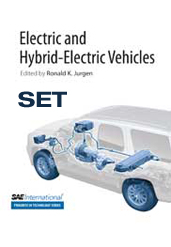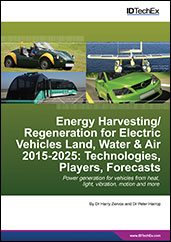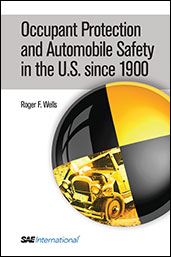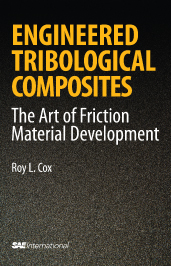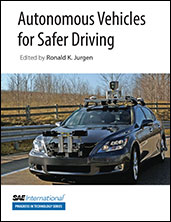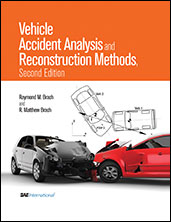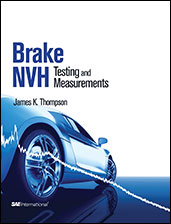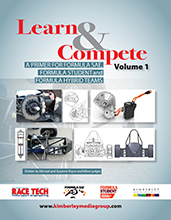Book
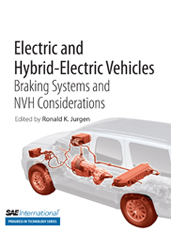
Electric and Hybrid-Electric Vehicles - Braking Systems and NVH Considerations
2010-11-29
With production and planning for new electric vehicles gaining momentum worldwide, this book – the fourth in a series of five volumes on this subject – provides engineers and researchers with perspectives on the most current and innovative developments regarding electric and hybrid-electric vehicle technology, design considerations, and components. This book features eight SAE technical papers, published from 2008 through 2010, that provide an overview of research on electric vehicle braking systems, and electric vehicle noise, vibration and harshness (NVH). Topics include: Regenerative braking systems in heavy duty hybrid-electric vehicles Development of an auxiliary pressurized hybrid brake system NVH integration in hybrid vehicles Spherical beamforming and buzz, squeak and rattle (BSR) testing
